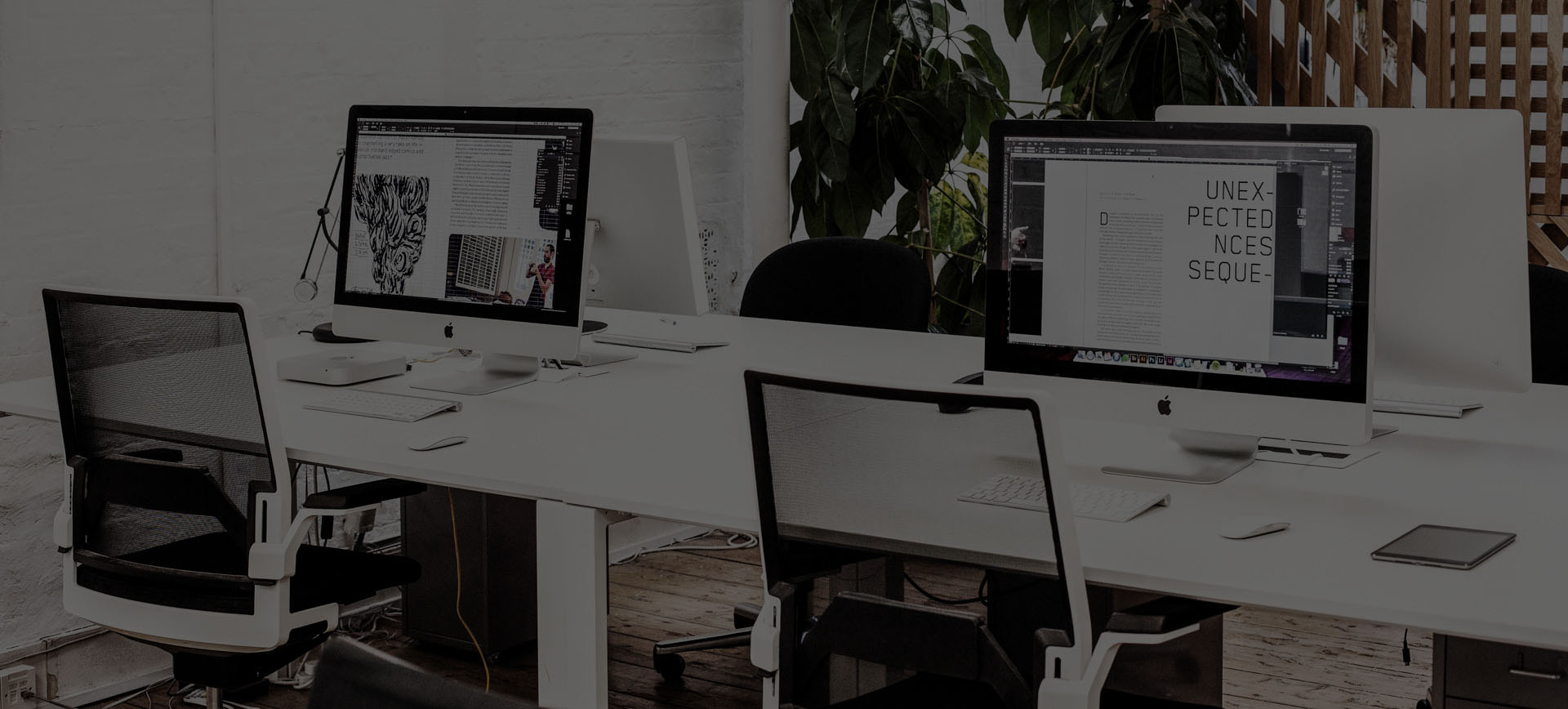
Graphic Design
Graphic Design Services
Graphic creativity and marketing ideas !. And from this comes the design of products, packaging, design of logos, brands, ads and campaigns.
Digital Marketing
Creative
Graphic creativity and marketing ideas!. And from this comes the design of products, packaging, design of logos, brands, ads and campaigns.
Intuitive, compelling, conversion-focused design and copywriting doesn’t just magically happen. Once our strategy is solid, we work hard to design beautiful, highly engaging experiences focused on creating lasting impressions and building brands.
Digital Marketing
Step 1: Discovery
The goal of the discovery phase of the graphic design process is to develop an overall goal for the project and to define the context for the work to be delivered.
This step, the discovery phase is essentially and information gathering exercise and involves research into the client offering, the client marketplace and the competitive landscape within which the client operates. In this phase it’s critical to analyze the goals and objectives of the client offering in order to deliver the creative required for an effective campaign.
Besides the establishing what it is which your client requires (a logo, a flyer, or a website), it’s important to ask questions such as:
Who is the intended audience?What is the message to be delivered?
What are the dimensions of the product?
Is there a specific budget constraint?
What is the deadline / timeline for completion?
Does the client have examples of what they do and don’t like?
Is there IP restriction or corporate branding considerations which need to be matched?
By gathering this vital information it becomes easier to visualize what is required by the client and what the constrains are within which the designer needs to operate. Once this information has been digested it’s always a good idea to formally clarify the scope of the project and get sign-off from the client prior to entering the next phase of the graphic design process.
Digital Marketing
Step 2: Design / Production
The goal of the design or production phase of the graphic design process is to create a market strategy.
This is the critical thinking phase of the design process. Leveraging all the information gathered in the previous phase it’s time to put on your designers hat and begin to brainstorm and conceptualize a market strategy for the client. As the designer your goal should be to develop some new and different concepts that will fulfill your client’s criteria and deliver their message in a way which sets them apart from the competition.
We refine and adjust our concepts in conjunction with the client until we’re both confident that things are headed in the right direction. Once we’re on the same page and confident that the chosen concept fulfills the client’s requirements, you can fire up your design applications and begin the next phase of the graphic design process.
Digital Marketing
Step 3: Development
The goal of the development phase of the graphic design process is the production and development of a final concept for the project which outlines the overall look and feel.
Now that the research has been completed, we’ve finalized your content and gotten approval on a concept we can move on to the actual design phase of the graphic design process which culminates in the delivery of two or more final versions of the product. Although you may knock out a product design in one session, it’s a good idea to keep all the versions developed for future reference.
Once we’re confident that our products meet the client requirements and present the clients desired content in a clear, concise and cohesive manner, it’s time to present our final concept to the client for approval and finalization.


